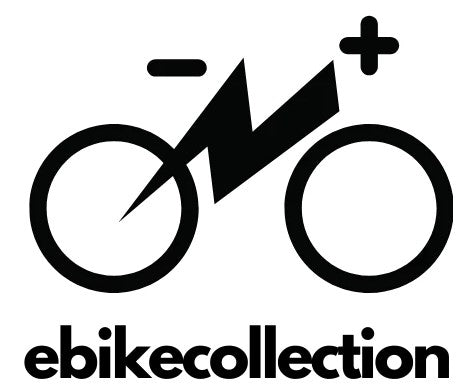For city residents, the daily commute is more than just getting from point A to B, it’s a major financial decision. Between public transit fares, surge priced rideshares, and car ownership costs, many urban residents are asking the same question:
Is there a more affordable, convenient, and eco-friendly way to get around?
The answer, for an increasing number of riders, is the e-bike, the perfect balance between freedom, savings, and sustainability.
Let’s break down how e-bikes compare to public transit when it comes to cost, convenience, and the planet.
1. Cost Comparison: How Much Can You Really Save?
City commuting costs add up fast, but few people realize how quickly those daily fares eat into their budgets.
Public Transit Costs:
-
Average U.S. monthly public transit pass: $100–$150
-
Annual total: $1,200–$1,800
- Add in occasional rideshares or taxis: +$300–$500
Estimated yearly cost: $1,500–$2,300 per person.
E-Bike Costs:
-
Average e-bike purchase: $1,200–$1,800 (one-time)
-
Annual charging cost: $20–$40
- Minimal maintenance per year: $75–$150
Estimated first-year cost: $1,400–$2,000
Following years: $100–$200 total
E-bike cost savings: You could save up to $1,800 per year compared to public transit after your first year. Over five years, that’s nearly $8,000 in your pocket.
2. Convenience: The Freedom of Going Where You Want, When You Want
One of the biggest perks of e-bikes is control. With public transit, your schedule depends on routes, stops, and timetables. Miss a train? You wait. Get stuck in rush hour? You wait longer.
Public Transit Downsides:
-
Delays and crowded buses or trains.
-
Fixed schedules — no flexibility for quick errands.
- Limited late-night or weekend options.
E-Bike Advantages:
-
Door-to-door commuting — no transfers or waits.
-
Average city commute time reduced by 20–40%.
-
Easy to park (no parking fees).
- Great for errands, gym trips, or meeting friends across town.
With an e-bike, your 45-minute transit ride can shrink to a 20-minute scenic ride all while avoiding the stress of packed subways.
3. Environmental Impact: A Greener Choice for Urban Living
If saving money wasn’t enough, switching to an e-bike helps reduce your carbon footprint dramatically.
Public Transit Emissions:
- While public transit is better than cars, it still relies on fossil fuels in many cities.
- Average CO₂ emissions: 0.18 lbs per passenger mile.
E-Bike Emissions:
-
E-bikes emit 0.02 lbs of CO₂ per mile — almost 90% lower than public transit.
- Fully rechargeable with renewable energy sources (like solar or wind).
Choosing an e-bike isn’t just good for your wallet , it’s good for your city’s air quality and the planet.
Real-World Example: Monthly Savings Breakdown
|
Expense |
Public Transit |
E-Bike |
|
Monthly cost |
$125 (average pass) |
$15 (charging + maintenance) |
|
Yearly cost |
$1,500 |
$180 |
|
5-year total |
$7,500 |
$2,100 |
|
Total savings |
$5,400 |
That’s the equivalent of:
-
A week-long vacation in Spain
-
A new laptop + premium e-bike gear
- Or simply less financial stress every month
4. Why E-Bikes Are the Smartest Alternative to Driving to Work
If you’ve ever sat in traffic, waited for a delayed train, or spent too much on Ubers, an e-bike gives you back control of your time, money, and energy.
Top Reasons City Riders Are Making the Switch:
-
Lower long-term costs — one investment, years of savings.
-
Healthier lifestyle — light exercise without arriving sweaty.
-
Eco-friendly — minimal emissions and zero fuel use.
- Stress-free commuting — skip the crowds, enjoy the ride.
The e-bike isn’t just an alternative to driving to work , it’s a better way to live in the city.
Final Thoughts: Your City Commute, Reinvented
Switching from public transit to an e-bike isn’t just a change in transportation ,it’s a change in mindset. You save money, gain freedom, and help the planet in one simple shift.
If you’re ready to start saving and commuting smarter, explore our affordable, high-performance e-bikes at eBikeCollection.com your gateway to cleaner, cost-effective city living.

